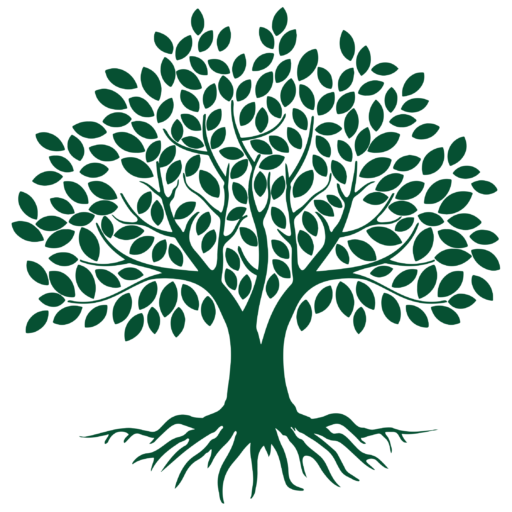Understanding the Real Identity of the Self
Have you ever stopped to wonder, “Who am I really?” We often hear the word self tossed around in conversations about personality, identity, and spirituality. But what does the self truly mean? Is it just our name, our job, or the roles we play in life? Or is it something deeper, something that stays constant regardless of situations?
In this blog post, I want to take you on a journey to explore the real identity of the self. Together, we’ll break down this big idea into simple, relatable parts. By the end, you might see yourself in a new light—not just as a collection of traits and memories, but as something much richer and more meaningful.
What Most People Think the Self Is
When I first started thinking about the self, I noticed how easy it is to confuse it with things like our job, how we look, or what others think of us. For example:
- A teacher may think their self is “I am a teacher.”
- Someone else might say, “I am a caring mother.”
- Or maybe, “I’m shy,” or “I’m funny.”
These ideas certainly shape how we see ourselves. But do they truly define who we are at the core, especially when everything changes? After all, people switch jobs, grow older, change their appearance, and shift their moods.
The Problem with Defining Self by External Things
Think about when you lose a job or move to a new city. Suddenly, many of the labels you wear don’t fit anymore. It’s like wearing a coat that no longer suits the weather. If your self is tied only to external roles and appearance, then your sense of identity can feel shaky or lost when those things change.
This can bring confusion and even anxiety. So, if the self isn’t just the roles or traits we wear, then what is it?
Digging Deeper: The Inner Self
Here’s what helped me see the self differently — looking inward. The real identity of the self isn’t found in the outside world but inside us.
Imagine your mind is like a stage where different actors come and go. The actors are your thoughts, feelings, memories, and roles. But the stage itself—the space where these actors perform—is unchanging. That stage is the self.
Examples from Everyday Life
- You might feel angry right now, but the part of you that notices the anger is still calm and steady.
- When you remember a childhood event, you are not the memory; you are the one who remembers.
- During deep focus or meditation, your mind might be quiet, yet there is a “you” that remains aware.
This inner observer, or awareness, is what many spiritual teachings say is the real self. It doesn’t change with your mood, job, or environment.
The Self in Spiritual Traditions
Many spiritual traditions talk about the self in a way that matches what I just described.
Eastern Philosophies
- Hinduism: Talks about the “Atman,” which is the true self beyond the physical body and mind.
- Buddhism: Points out that the separate self is an illusion but highlights awareness as the foundation of experience.
- Taoism: Encourages living in harmony with the Tao, the natural flow, which connects to understanding the self beyond labels.
Western Thought
In Western traditions, thinkers like Carl Jung spoke about the “Self” as the unifying center of the personality—something deeper and more whole than just the ego or the surface identity.
Why Understanding the Real Self Matters
When we realize that the real self is not just our job or personality traits, it can change how we live. Here’s how I found it helpful in my life:
- Less worry about external changes: I no longer panic about losing a role or changing my routine because I know the true self remains.
- More compassion for myself and others: Understanding that everyone’s surface self changes helped me be kinder and more patient.
- Greater peace: Focusing on inner awareness brings calm even when life feels chaotic.
Practicing Connection with Your True Self
You might be wondering how to experience this real self in your own life. Here are some simple ways that helped me get started:
1. Spend Time in Quiet Reflection
Turn off distractions and sit quietly for a few minutes. Notice your thoughts and feelings without judgment. See if you can find the part of you watching these experiences.
2. Observe Your Thoughts Like a Bystander
During the day, try to catch yourself noticing your thoughts rather than getting lost in them. This small shift helps recognize the self as the observer.
3. Practice Mindfulness
Mindfulness means being fully present in the moment. It helps you experience your self beyond stories or labels.
4. Journal About Your Experiences
Write down moments when you felt a sense of calm inside despite external chaos. Reflect on who was experiencing this calm—that’s your real self.
Wrapping It Up: The Self Is More Than You Think
The real identity of the self is powerful yet simple. It’s the inner observer that stays constant no matter what changes around us. By connecting to this true self, we open doors to peace, confidence, and spiritual growth.
Remember, you are more than your job, your feelings, or your roles. Your real self is the steady light within you that shines through all of life’s ups and downs.
Take the Next Step
I invite you to take a moment today to pause and notice your inner self. You might be surprised by the calm and clarity waiting inside you.
If you enjoyed this exploration, why not share it with a friend or try some of the practices mentioned? The journey to discovering the real self is ongoing—and deeply rewarding.
